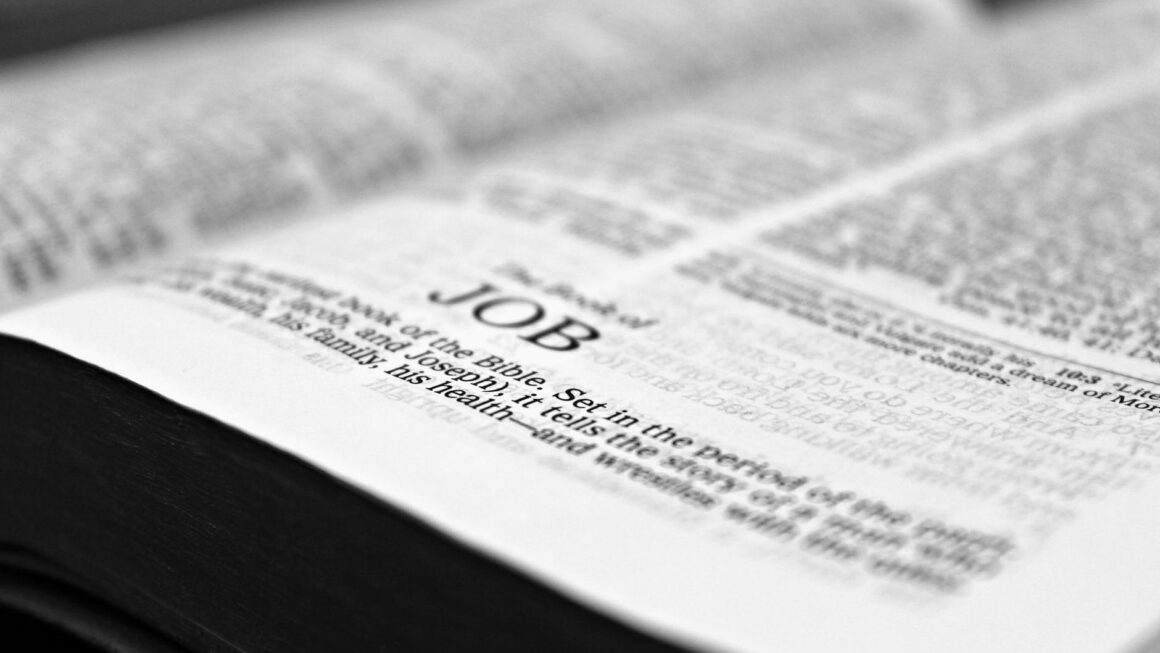In 2016, just a few months after Star Wars: The Force Awakens came out, superfan Pablo Hidalgo joked on Twitter that the evil General Hux has a cat named Millicent. He wrote ‘That dust that Kylo puts his helmet into? Litter box for Hux’s cat, Millicent.’ The tweet is sadly no more, but nothing is lost on the internet.
He was, of course, referring to the Kylo Ren’s dustbox, an item that made no sense at the time. Subsequently we have heard what the dustbox is meant to be. Ew.
Naturally the internet went insane. Kitteh! And instantly creating thousands of pieces of millicent fan art! Here are some of my faves:
This phenomenon is interesting for many reasons, but what I took away from it is the way it refigures General Hux. The dude is bad, real bad.


Like literal Hitler bad. But now that he has a cute kitteh…
Hux just doesn’t seem quite as evil.
How does this relate to the Bible? Well, I’m currently writing a book on ancient Christian and Jewish books that didn’t make it into the Bible and the modern phenomenon of fan fiction and fan art. Today I was writing about the Christmas stable, which we all know has an ox and a donkey (or ass) in it. But those animals, together with many aspects of the Christmas tale are simply not in the Bible.
Wait, is the donkey an ancient Millicent? Yes, no, maybe, sorta — you’ll have to wait for my book.
Matthew and Luke are the canonical gospels that tell us about the birth of Jesus, and neither of these mention any animals. Admittedly, it’s not a stretch of the imagination to imagine animals in a stable. That’s probably why we have sermons from the third century onwards that mention the ox and donkey, and extra-biblical gospels from a bit later.
In other words, somewhere, someone tweeted that Joseph had a donkey named Duncan, and now it’s on Tumblr.
But, just as giving Hux-the-space-nazi a kitty changes how we look at Hux, adding animals to the stable changes things. Read along in what is the oldest known text that adds the ox and donkey to Luke. It’s a sermon by Origen from the early third century.
Thus the shepherds found Joseph, who arranged matters for the Lord’s birth, and Mary, who bore Jesus in childbirth, and the Saviour himself, lying in a manger.
So far so good.
That was the manger of which the inspired prophet said ‘The ox knows his owner and the ass his master’s manger’ (Isaiah 1:3).
Origen is quoting the Old Testament here, he probably looked everywhere for the word ‘manger’ and found it in Isaiah. But then comes the kicker.
The ox is a clean animal, the ass an unclean animal. The people of Israel did not know their Lord’s manger, but an unclean animal from among the Gentiles did.
Well then. He’s basically saying that the Jews didn’t know the Lord, but the Gentiles did. Even though Mary, Joseph, and the shepherds, right there in the stable are all Jewish. This is of course discriminatory, and makes little sense. It is also a common thing in Christianity.
Origen’s statement, like thousands that Christians have made through the years, have contributed to a long history of antisemitism. Or as we prefer to call it nowadays: ‘Judeophobia‘. Many of these statements are done in good faith, yet have the affect of adding to anti-Jewish sentiments.
Take Millicent the Cat. I’m sure Hidalgo didn’t have the intention of making Hux seem less like a war criminal and a fascist. But for many, myself included, it did. The same happens with Christianity:
Most Christians do not consciously read their texts as promoting hatred of Jews; most see Christianity as about love, not hate. But as long as the text is proclaimed, readings that suggest the Jewish people are demonic, evil, or otherwise despicable will surface. It is our responsibility—whoever we are—to counter such readings’
Amy-Jill Levine, Is the New Testament Anti-Jewish?
Is the Christmas donkey judeophobic? It certainly has been preached that way, and some still preach it that way. I guess, like with all things, care is needed. By all means, fill your stable with a donkey, but it’s also your responsibility to counter judeophobic readings.



